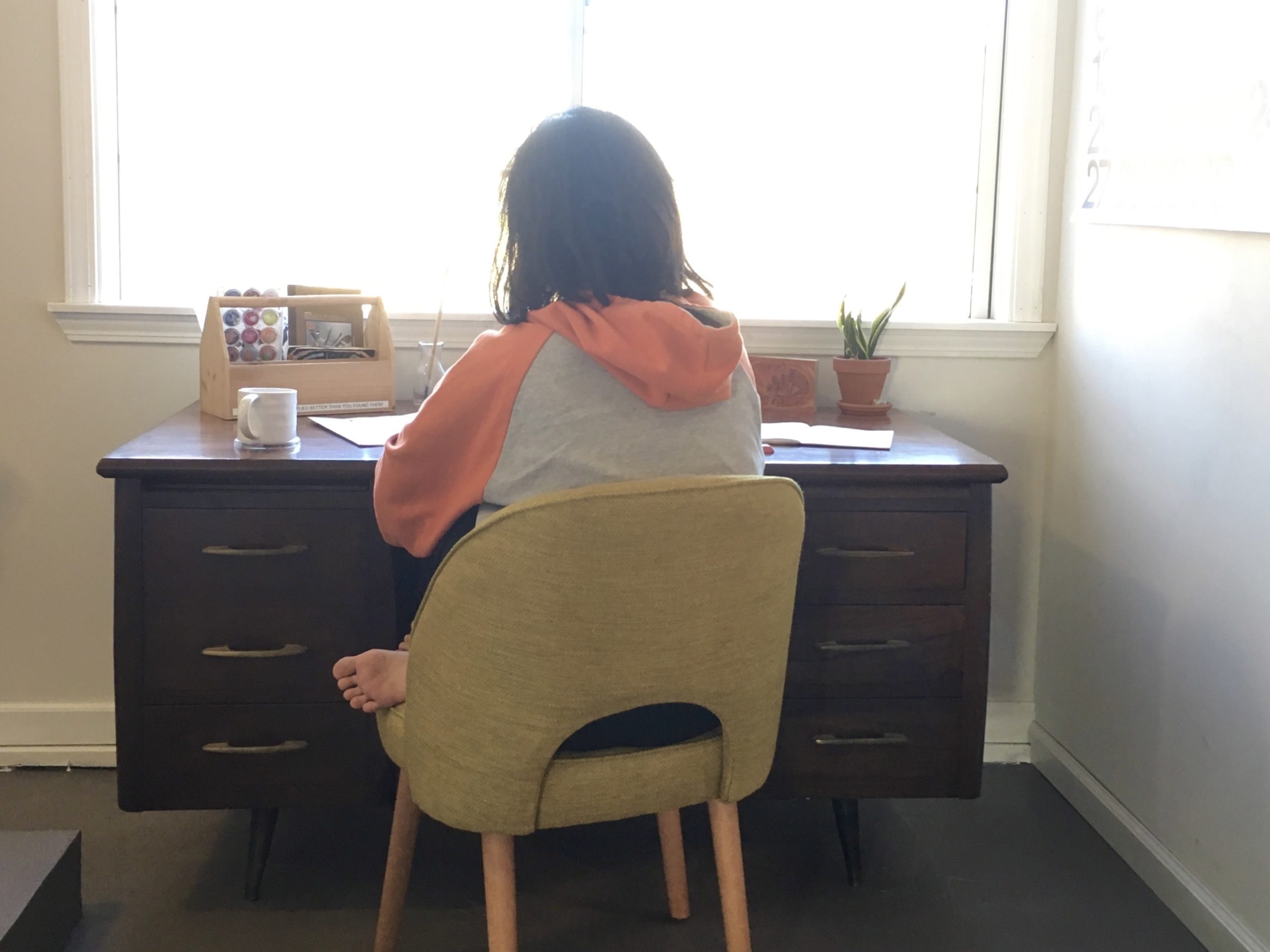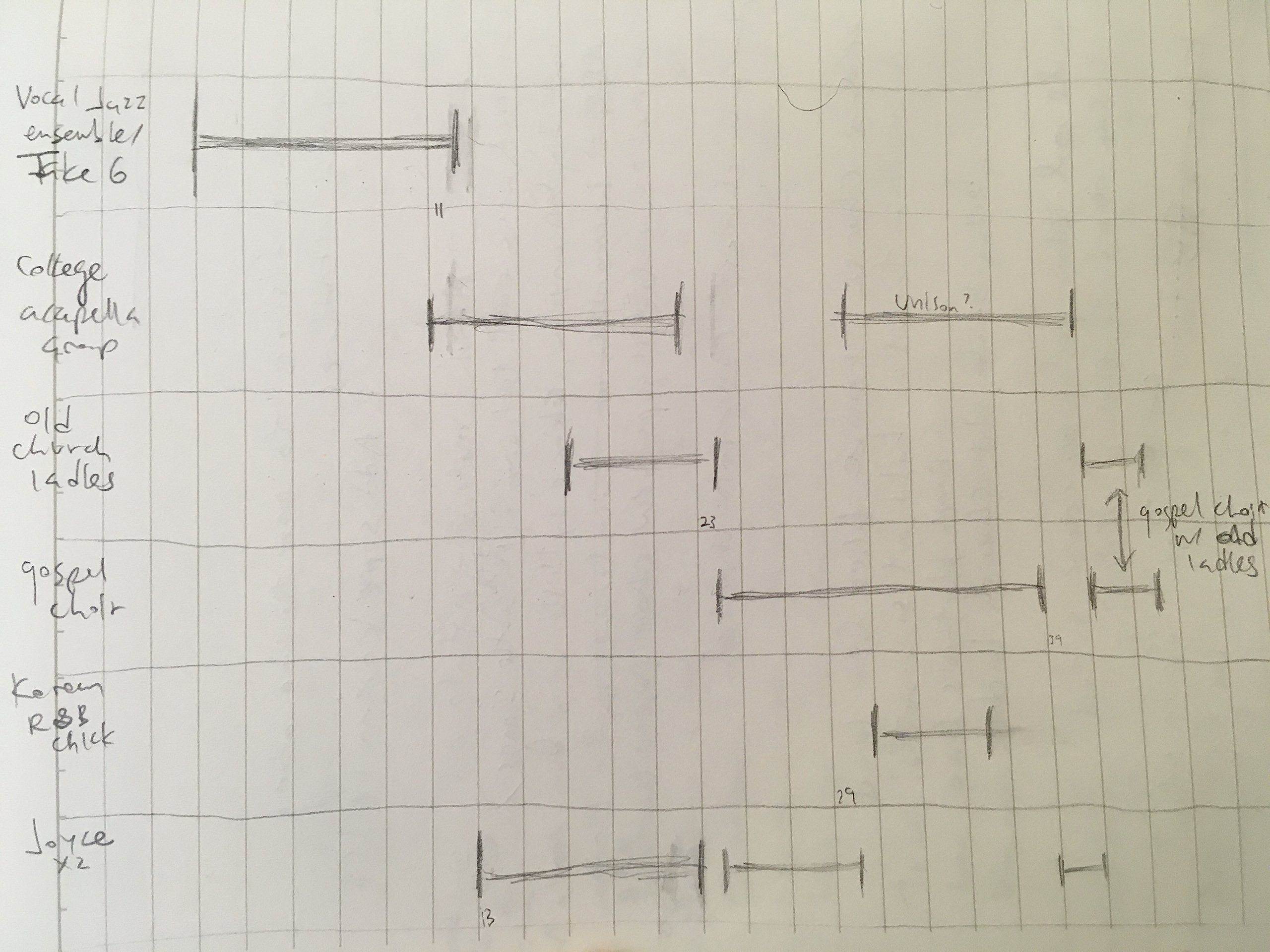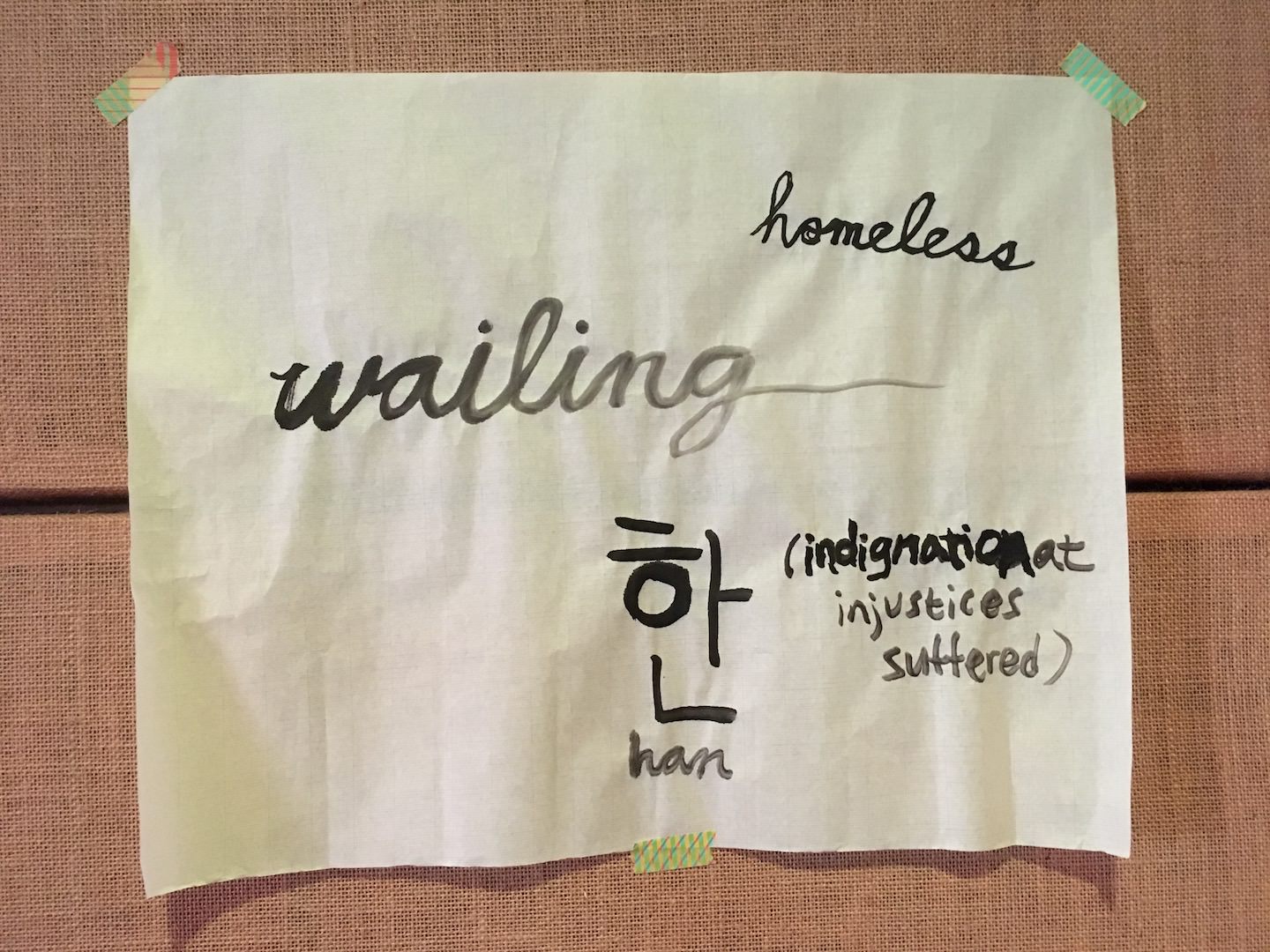15 Nov Motherless Child
I’m publishing a blog post every Friday on a track from my album Dream of Home. My first post on the title track is a good place to start to get properly introduced to the series.
Something that has continually surprised me is people’s lack of familiarity with “Motherless Child.” My baby sister had not heard the song before my rendition, and I must have said “You don’t know this song?!?” with such incredulity to our audio engineer Keith that he felt obliged to sputter that he thinks he’s heard it. I thought about how it is that not every American knows this melody and how it came to be that I assumed everyone knew it, and I came to the conclusion that for the latter, it boils down to Zazu singing “Nobody Knows the Trouble I’ve Seen.” With spirituals being sung in The Lion King as well as The Fresh Prince of Bel-Air, the songs had been cemented in my developing mind as a shared reference point for the general public Stateside.
Having added the Korean folk song “Nililiya” to my album, I wanted to add an American folk song too and thought about spirituals I could do, partially to appease my mom who had mentioned numerous times that it would be great if I did a gospel song. “Motherless Child” checked off that box at the outset but as I added Korean lyrics and ad libs, the connotations changed, making it a protest song.
Compositional process for Motherless Child
So I had the melody and words to “(Sometimes I Feel Like a) Motherless Child” before me and I knew that I wanted to make a choral arrangement of it. To get over writer’s block, I listened to choirs: concert choirs on the classical radio station as I routinely do, contemporary vocal groups hot in their niche, and most of all, my worn CD of Morten Lauridsen’s O Magnum Mysterium. And then I thought to myself, “Is that all there is to it? Just people doing the most natural thing in the world—making sounds?
I realized that my feeling of being stuck was due to me not putting in any work. I got to conceptualizing the song—the overarching feeling of being orphaned manifesting in the homeless, shifting key centers, the harmonic texture of each section, the choirs and characters to appear, etc.—then just had to sit myself down with pencil and manuscript paper and flesh out the details to bring it to life. Conceptualizing is the first stage of most of my projects where I brainstorm and decide on the themes, what the result will feel like or cause the audience to reflect on, and/or what I will explore before executing it with musical devices and techniques I’ve practiced over the years; however, with songwriting (as opposed to writing through-composed pieces), I have a simpler, direct process of composing, singing with lyrics and accompaniment at once as it comes to me.

I’m mindful of which instrument I compose on (in my head, on piano, on gayageum), because the results are going to be markedly different depending on the instrument. The songs I wrote for the album were more song-like with relatively simple harmonic progressions because I wrote them on gayageum and not piano, where I tend toward dense harmonies and more complexity. We can look to Brahms for an example of what can happen if you compose on the same instrument regardless of the instrumentation. His music for ensembles with non-keyboard instruments still sounds like it was written on piano (or so I hear—I listen mostly to his piano music and love his 10 Intermezzi for piano played by Glenn Gould).
Because I wrote the arrangement for “Motherless Child” in my head and on paper, with the aid of a keyboard to work out the nitty gritty of the vocal harmony, and Ross did not co-arrange this with me as he did the other songs, it’s more oddball than the rest. He did give me valuable feedback to refine the arrangement and in general, I’d say working with Ross Moss makes my music less weird—palatable to a greater number of people—while keeping my vision in tact.

Above is a chart mapping out where the different choirs and leads sing and overlap over the course of the song. I imagined the song starting with a Take 6-esque ensemble for the first time through, followed by a college a cappella ensemble then a gospel choir (I don’t have the voice for that so I mean mostly in its 3-part triadic harmony) with appearances by old ladies who sing with out-of-control vibrato in church choir (or can be heard as even-older ghosts) and leads by a Korean R&B singer and me in my default voice. Ross recommended getting rid of the R&B singer and singing it like one of those singers (e.g., Bono) who’ll come out and sing in their rather humble voice against a backdrop of a killing gospel choir. I’m glad I took that advice because my attempt at singing R&B, which you can hear in the Garageband mockup below, was not cutting it.
The trajectory of the song
My rendition of “Motherless Child” started as a spiritual and the end result is still a spiritual but imbued with different meaning than I originally intended. The theme of going home remained constant but the idea of home shifted from heaven to earth, from going to an eternal home to one’s native land. Once my mom translated the lyrics into Korean for me, it made sense to quote from the Korean Liberation Day song lyrics and alter my ad libs in English to be about becoming liberated from colonizing entities.
The song became one told not only from the perspective of Koreans colonized under imperial Japanese rule but of the colonized from the world over, who have been stripped of their land and dignity—of the Americans who have been and are being expelled from their native soil. It takes more than time, more than decades and centuries, to recover from the generational trauma and effects of colonization; though the melody and words are drawn from an era of slavery and colonization, the song sadly continues to be salient in our modern society.

I love choral music.
While “Motherless Child” may seem like an anomaly in that it’s the only choral arrangement, there are echoes of the choir throughout the album, at least in my mind. As a matter of fact, Ross and I consistently referred to the background vocals as “choirs” and thought of them as such, in particular on “Song of Platitude” where I had a visualization of the same gospel choir from “Motherless Child” appearing in a flash on the line “Everything happens for a reason” and on “Why-Go-Round,” where we envisioned a barbershop quartet on the head out during the arranging process.
My roots as a singer are in choral music from musical theater ensemble as a child to vocal jazz, gospel, and concert choirs as a student, and even though I have not participated in choir as a singer in my professional career, it has informed my footing and thinking as a musician. It’s a dream to have my own vocal ensemble someday to sing new music and in the meantime, I’ll be composing choral pieces to record myself in layered tracks.
If anyone wants their choir to sing “Motherless Child” or is interested in challenging vocal music for women’s or girls’ choirs to perform, I’d love to hear from you. It’ll be a while before I put pen to paper in composing new pieces but eventually I will get to it. I haven’t had enough time during the week and have been spending most weekends trying to fend off a lingering cold but hopefully during the holidays, I can get started. Or I may just rest because I think I’m approaching burnout. Running out of time, I’ve had to push back the schedule for the music videos I had hoped to publish with each blog post but I’m still enjoying writing these weekly posts. And while it’s not ready yet, expect to see a fun music video for this song in the near future!
__
Read my post on “Why-Go-Round” next.
Find Dream of Home on YouTube Music, Bandcamp, Apple Music, Amazon, and Spotify.


Franklin Ansak
Posted at 11:03h, 24 Januarythanks for sharing your processes. I understand most/some of it. I was the set-up guy/drummer for a mostly cover pop band and I did very brief fill-ins as a “audio-tech” for a very small independent studio. All back in the late 70’s! Twitter fda1115
voicekwon
Posted at 18:44h, 24 JanuaryCool! Thank you for taking the time to read the post and for sharing my video.